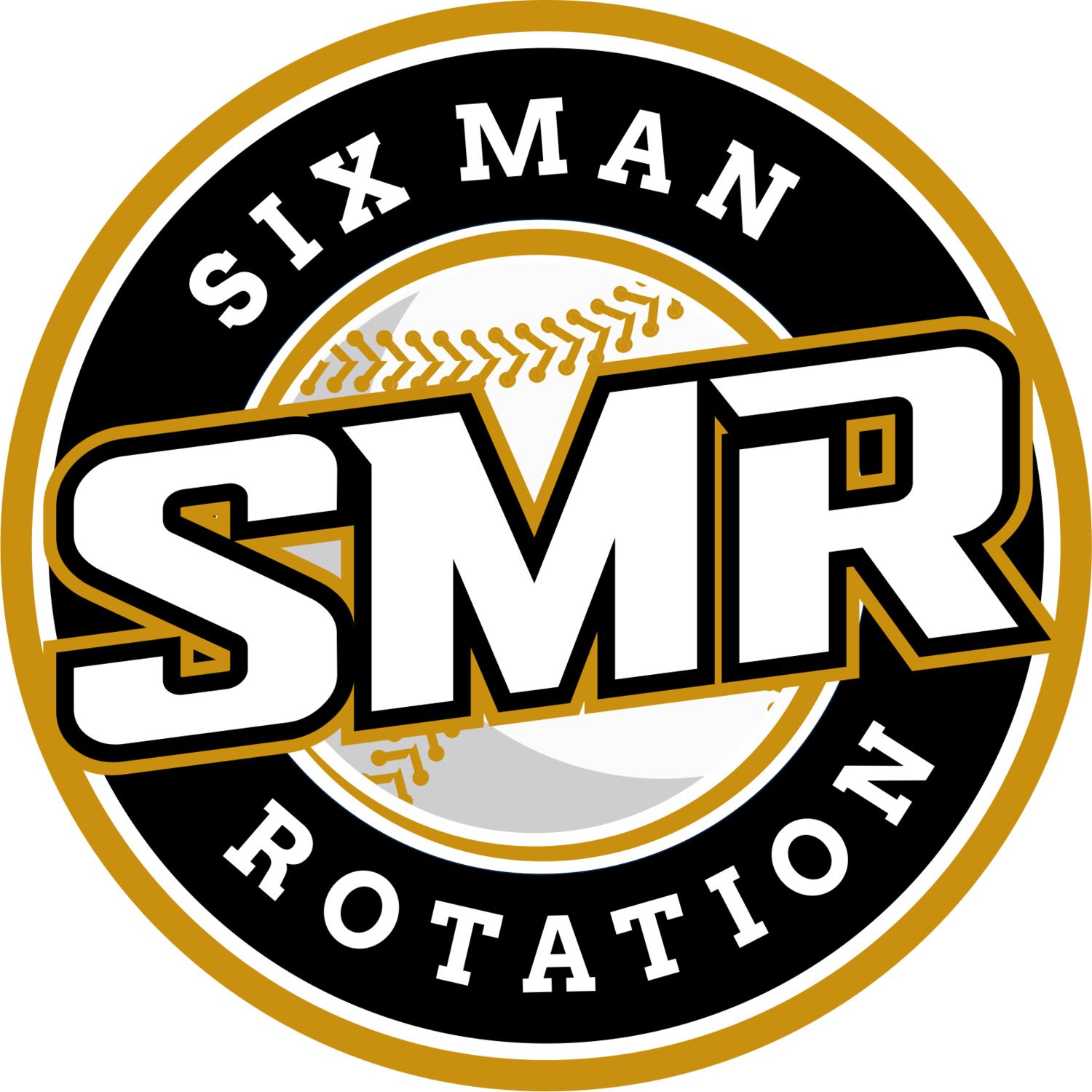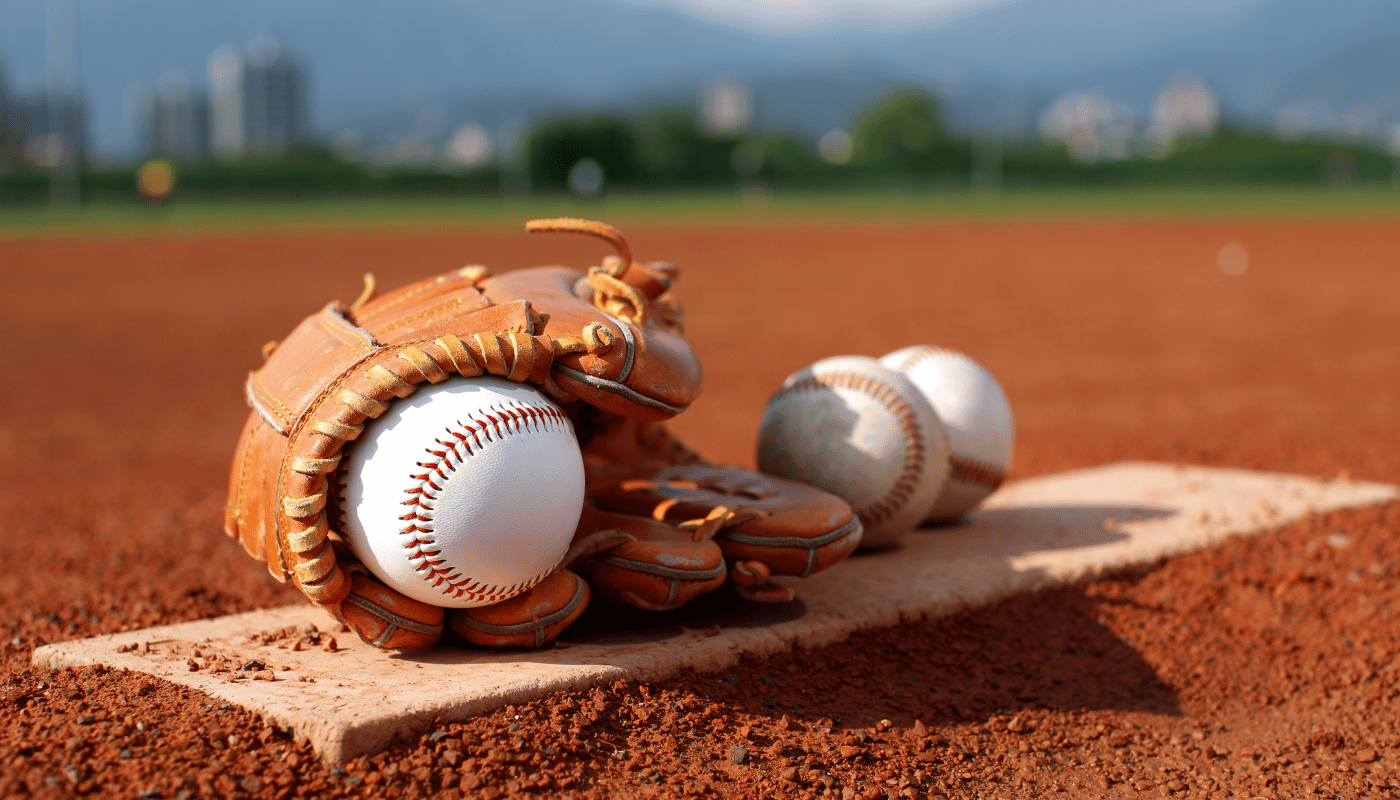A baseball field’s size is a crucial element of the game, directly impacting how it is played and maintained. Whether you’re playing at a professional or amateur level, understanding the space needed for each game is important. How many acres is a baseball field? The standard answer typically falls around 2.5 acres for professional Major League Baseball fields, encompassing both the infield and the outfield.
The size of a baseball field can vary, especially across different levels of play. From the highly regulated dimensions of professional fields to smaller fields designed for youth and high school leagues, the measurements can differ significantly. For example, Little League fields are much smaller than those used in the majors, with a total area that may only span around 1 acre.
Understanding the layout and size of a baseball field is essential for both players and field managers. By knowing the total field area, teams can ensure the field meets necessary standards for both safety and performance.
Infield Dimensions
The infield of a baseball field is that section in between the basalt stones where all the action takes place. It is formed by the diamond shape of the four bases: first, second, third and home base. The distance between these bases in Major League Baseball is 90 feet which forms the 90-foot square at the center or heart of the field. This means the area around these bases alongside the pitcher’s mound complete this section together called the infield and is crucial for fielding as well as base running.
Apart from the bases, the pitcher’s mound is another important section of the infield. The mound is set at a distance of 60 feet 6 inches away from the home plate and this distance has been sustained for so many years. The pitch mound helps enhance the ability of throwing. The height and distance of the mound from the plate makes a huge difference in how the game is played and how the pitcher decides to throw the ball and how the batter will hit.
Also included in the infield is some dirt that can be found between the pitcher’s mound and the bases. Fielders and base runners find this dirt valuable because these two positions can move faster during active plays. An ideal pitch comes with infield dirt that is untouched and so is the game’s progress and interruptions.
Below is a list of key measurements and elements that define the infield area of a baseball field:
- Base distance: 90 feet apart
- Pitcher’s mound: 60 feet 6 inches from home plate
- Infield dirt: Extends from the mound to the bases
- Infield total area: Approximately 1.5 acres
- Infield shape: Diamond, formed by the bases
- Infield size variation: Slight differences depending on field design
Understanding the infield dimensions is essential for various reasons. For one, it helps to ensure the field is properly designed for players to perform their best. The accurate placement of the bases, pitcher’s mound, and dirt area ensures fair play, and adherence to these measurements is required by official baseball leagues.
In addition, knowing the exact dimensions of the infield, including how many acres it occupies, is critical for field maintenance. Groundskeepers must take into account the space needed to maintain the grass, dirt, and mound areas. This is especially true when considering how many acres is a baseball field overall, as the infield and outfield work together to determine the total field area. Proper care of the infield helps to prevent damage, keeping the field in playable condition for games throughout the season.
Outfield Dimensions
The outfield in baseball comprises the area bordering the infield and the outer limits of the baseball field. While infield pertains to player-location like pitcher and fielders, the outfield is just as important regarding the defensive measures executed in the game. A baseball outfield usually consists of grass, but for some fields, artificial turf is preferred for easy maintenance or durability. The outfield also stretches outward from the bases, and its dimensions are one of the most crucial aspects of the field layout.
The distance from the home plate to the center field screen fence is one of the defining characteristics of a baseball field. In Major League Baseball, it rests somewhere in the range of four hundred feet at the center, but this distance varies from one existing stadium to another. The outfield fence is not always rectangular, as not every stadium is built with straight fences; some have curvy or slanting fences which changes the distance in all directions.
Significant Outfield Distances
A feature present in the outfield is the sheer variety in the distance from the outfield fence. It is usually the case that center field has the greatest distance, while left and right field might be between 325 and 350 feet. These distance differences affect the way the game is played, specifically the hitters trying to hit home runs over the fences. The size of the outfield also determines the amount of distance any outfielders have to cover while fielding a hit ball.
In general, the size of the outfield in terms of total area would be around an acre. This includes the grass or turf playing surface as well as foul territory. Foul territory is the space outside the foul lines, which is part of the field but does not participate in the game. The total area of the outfield and infield add up to the size of the field which in Major League Baseball is approximately two and a half acres.
The outfielders are as important as the batters or bowlers and play an equally important role in the game. The ball is constantly in the air and it is crucial for the defenders like the center fielder, left fielder, or the right fielder to react quickly and run to the spot where the ball is headed. With regards to elite play, knowing the specifications of the outfield will assist players, coaches, and designers to ensure the adequacy of the field.
Even if the infield is where most of the work is conducted in the course of the match, the outfield serves its purpose not only in the fielding but also in planning. The area of the outfield is an important determining factor for how many acres is a baseball field and its size surely has many consequences on performance of players and efficacy of the stadium.
Total Field Area
The measurement of the baseball field includes both the infield and outfield sections and it is important in quantifying the size of the field as well as the maintenance work needed to be done. With both the infield and outfield incorporated into the equation, one standard Major League Baseball field is approximately 2.5 acres large. This Figure does not only cater to the base area of the playing surface but also the area of the foul territory that surrounds the bases.
Typically, the infield takes up about 1.5 acres and the balance is the outfield. Left unchecked, variations may be introduced in different stadiums for the outfield due to factors such as space availability which makes some fields have larger or smaller dimensions than others. The furthest point a center field distance can be positioned at is about 400 feet from the home plate which means that the other portions of the outfield, especially left and right field, are expected to be shorter.
Below is a table summarizing the approximate measurements of the total field area for a standard Major League Baseball field:
| Area | Size |
| Infield | 1.5 acres |
| Outfield | 1 acre |
| Total Field Area | 2.5 acres |
Understanding the breakdown of the field’s total area is essential for various aspects of the game. For instance, teams and field designers must consider these measurements when planning for gameplay and ensuring the field meets the required standards. The total size affects the field’s capacity to accommodate players, coaches, and spectators, while also providing space for the essential equipment and maintenance areas.
In addition, proper maintenance of the entire field area is crucial for player safety and performance. Groundskeepers must take into account the size of the field when planning for mowing, irrigation, and overall upkeep. Maintaining the appropriate dimensions ensures that the field remains in top condition for professional games.
Variations In Field Sizes
Baseball fields come in various sizes, especially when comparing fields used at different levels of play. These variations in field dimensions are essential for ensuring that the game is both challenging and enjoyable, while also accommodating the needs of players at various skill levels. A professional Major League Baseball (MLB) field has a specific set of dimensions that are standardized, but at lower levels of play, the dimensions often change to suit the developmental stages of the players.
Differences Across Levels Of Play
At a professional level, the area of a baseball field comprising both infield and outfield is around 2.5 acres, but this is not constant throughout nonprofessional leagues as they usually maintain shorter distances between bases and the outfields are much shallower. As an example, a Little League field is just a fraction of the size of a Major League field, and the bases are set 60 feet apart while the pitchers mound is 46 feet from home plate. This diminutive size enables youngsters who are yet to hone their skills to play comfortably. A Little League field makes up for about an acre in land, which is abysmally lower than the professional standard.
The dimensions of high school and college baseball diamonds are intermediate when compared to Little League and Major League baseball fields. The distance between bases is often the same as in the MLB fields, which is 90 feet, but the distance of the pitcher’s mound from home plate is usually shorter, typically around 60 feet 6 inches. The size of the outfield also changes with the design of the stadium and the field but are generally smaller than those of professional fields. An average high school baseball diamond is approximately two acres in size – smaller than Major League fields but larger than Little League ones.
These variations in field sizes are important for the progression of players as they develop their skills. Younger players are able to play at an easier level, and given their physical skills, High School and Youth baseball offer a less challenging environment. Beginners in youth and high school baseball find the smaller fields more suitable while advanced players find the professional dimensions more challenging. This transition from smaller fields to the larger dimensions of a Major League Baseball arena, helps develop not just skill but also endurance.
The expanded webbing is conducive for professional players as it serves a multitude of uses. The extra area gives space for fielders as well as runners, which is imperative for such a high level of competition. In addition, the shape of the field also allows for the efficient use of modern strategies such as defensive shifts and defensive positioning which are very common among professional teams. Furthermore, it also means that the athletes have to be very fit and mobile to cover such large ground areas.
Understanding how many acres is a baseball field is crucial when considering these variations in field sizes. Each level of play requires different dimensions to suit the age and skill level of the players. From the small fields used in youth leagues to the expansive Major League fields, the size of the field has a direct impact on how the game is played and how the players develop their abilities.
Field Maintenance And Design
The field must be designed and groomed to utmost perfection since it determines how the gameplay will proceed along with the safety of the players. This includes decisions about choosing the materials to sue, how the field will be laid out, and the dimensions that must be followed while constructing the field. Moreover, maintaining the field increases safety for the players across the entire season while decreasing interruptions because of adverse weather conditions or damage. The managers of the field alongside the groundskeepers exert immense effort into keeping the outfield and the infield as prime condition as possible so that the players perform at their peak.
Usability is extended by effective maintenance tasks such as grazing the grass, working on the dirt infield, and patching up any damage incurred on the field. When it comes to the field’s overall structure, focus should be given to soil quality, types of grass or turf, and drainage so that the field can endure extensive usage.
Key Field Maintenance Tasks
- Mowing and trimming: Keeping the grass at an appropriate length is essential for field aesthetics and player safety.
- Irrigation: Proper watering ensures that the grass stays healthy and prevents damage to the playing surface.
- Infield repair: Regularly reconditioning the dirt area helps prevent wear and keeps the infield surface smooth.
- Pitcher’s mound maintenance: Ensuring the mound remains at the correct height and shape is crucial for player safety.
- Drainage systems: Effective drainage systems prevent water buildup and ensure the field remains playable after rain.
- Foul territory management: This area, while not actively used in gameplay, must still be properly maintained for overall field design.
Along with proper care of the field, it is equally important for the groundskeeper to check the field on a regular basis to find and fix problems even before they begin to affect the game. For example, an overused patch in the outfield may slow down the ball or injure the players. Routine maintenance makes the process of repairing easier and keeps the field safe at all times.
The construction of the field differs from place to place considering aspects like the gradient of the ground, the type of infield dirt used, and the standard of the turf. Some fields even opt for synthetic grass to lower the amount of maintenance required and to make the field more resilient. It is also important to know how these different design factors work together to ensure that the field is good to look at and is functional for all ranges of sports.
Understanding how many acres is a baseball field also plays a part in the design and maintenance process. The larger the field, the more resources are required to maintain it, and the greater the consideration needed for efficient use of space. From grass care to drainage systems, the maintenance of a baseball field is a complex task that requires careful planning, attention to detail, and a good understanding of the field’s overall design and size.
The Importance Of Accurate Baseball Field Dimensions
A baseball field’s dimensions are of great importance with regard to the design, and playability of the game, for the infield and for the outfield. The separating distances to the ‘k’ and the distance between bases, the size of the pitcher’s mound, in addition to the layout of the overall field, contribute to the experience of the game for all players, as well as for those who choose to spectate the game. These are of great concern to all those involved in setting up the field for example, engineers, players, and their coaches.
The area enclosed within the baseball diamond and the area within and outside, inflields and outfields respectively, differs depending on the growth stage or level of engagement. An average MLB baseball field covers approximately 2.5 acres while below average levels of engagement such as Little league and high school have much smaller fields, reflecting the different stages of development and ability of the players.
When considering how many acres is a baseball field, it is clear that field design and size play a significant role in maintaining the integrity of the game. Proper field dimensions help ensure fairness and safety, while also allowing for the highest level of performance. A well-designed field, regardless of its size, provides the ideal setting for competitive and recreational baseball.




